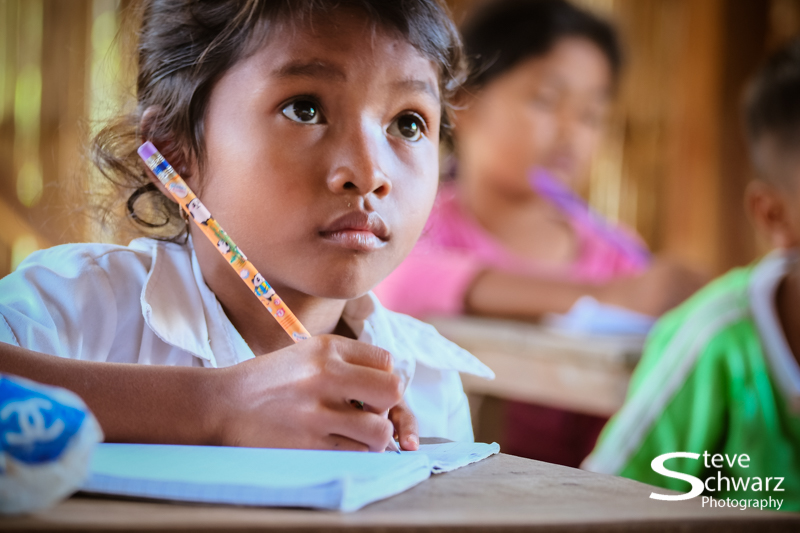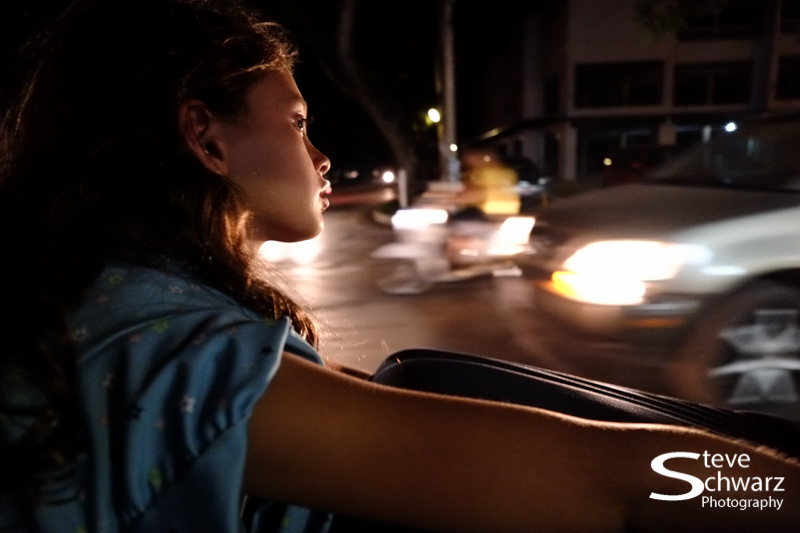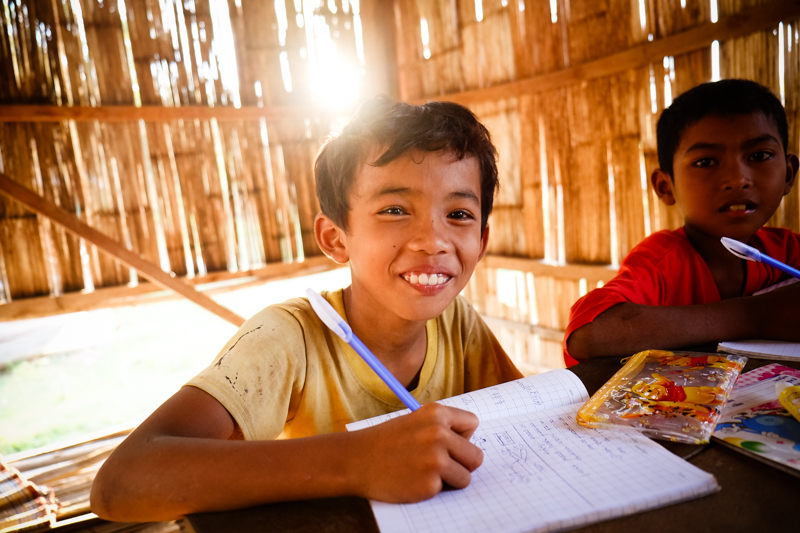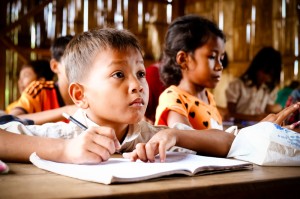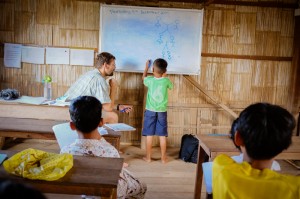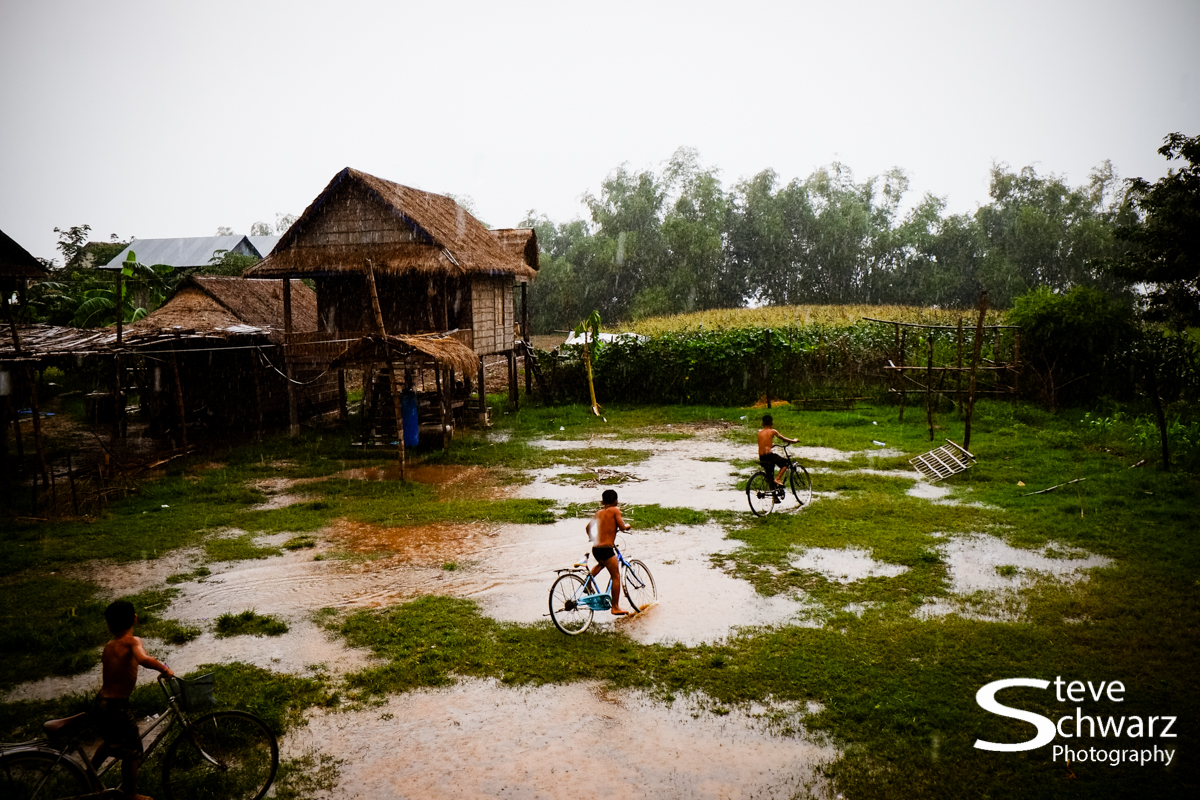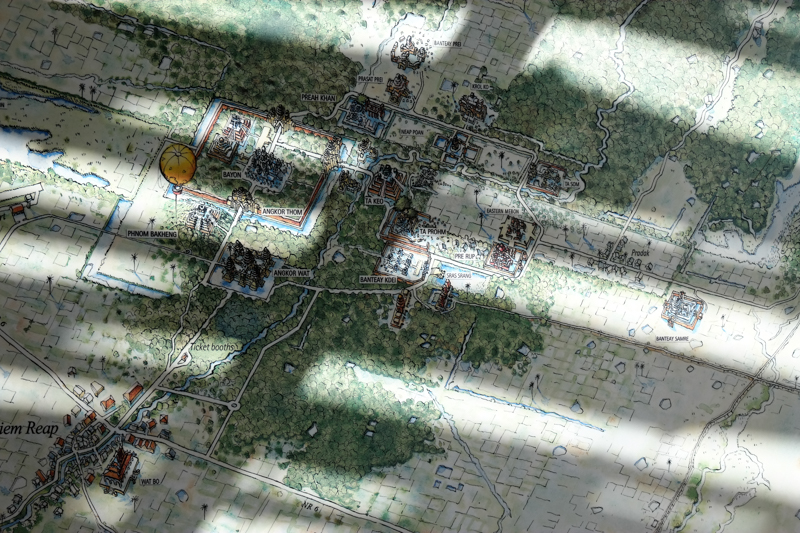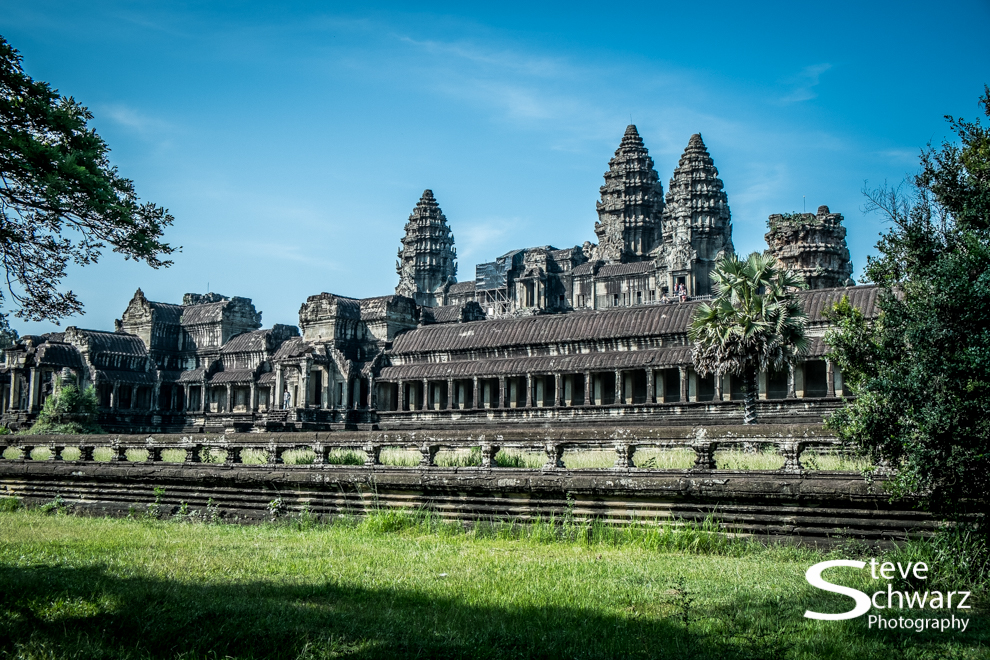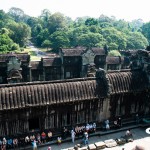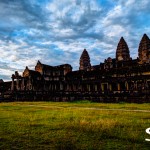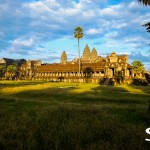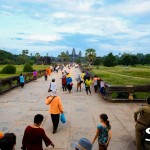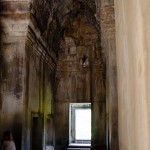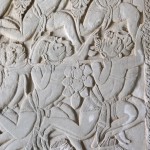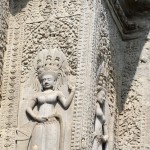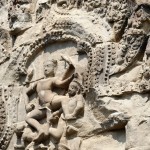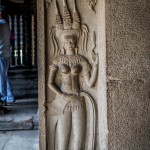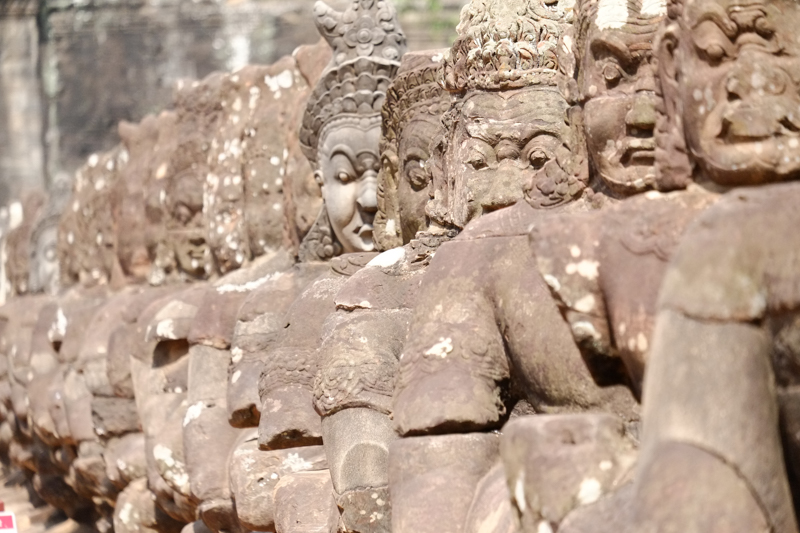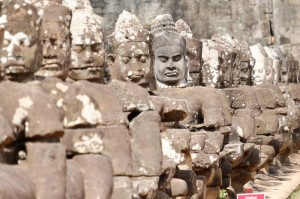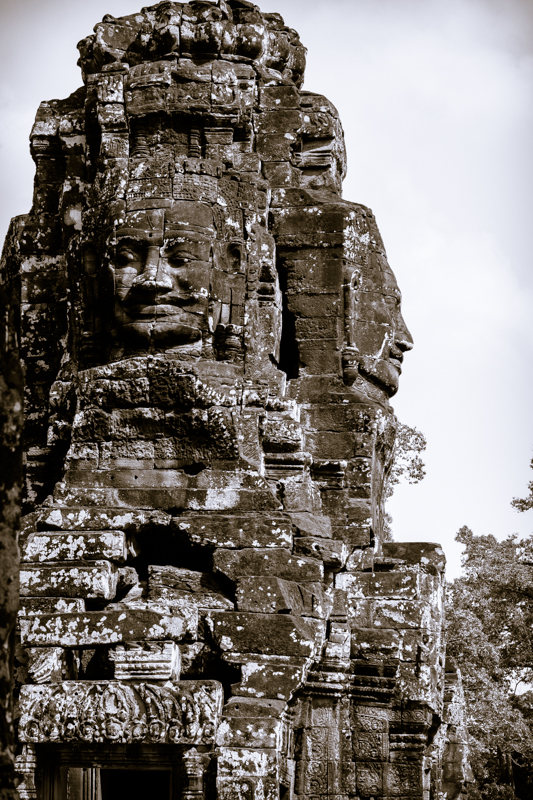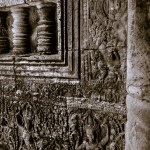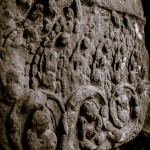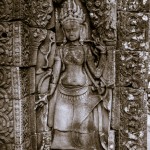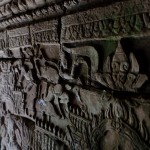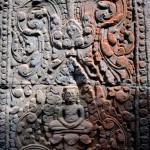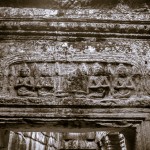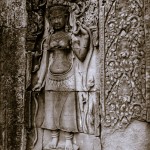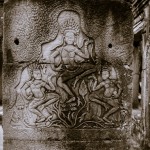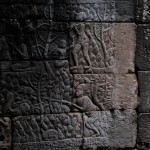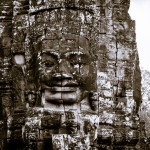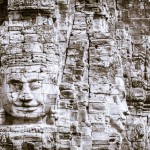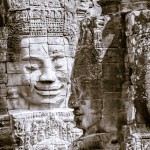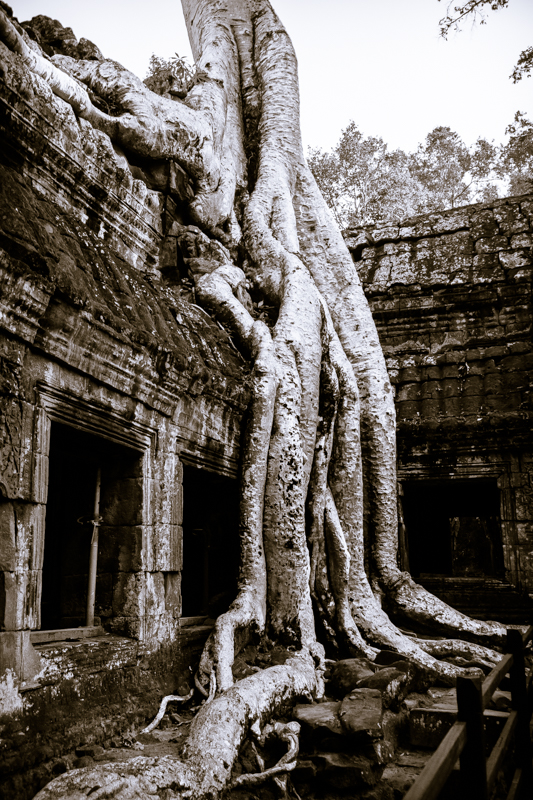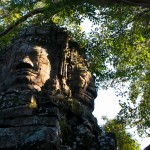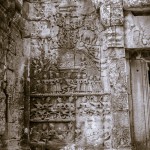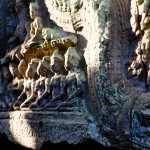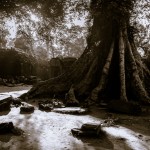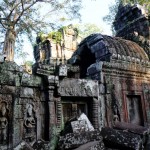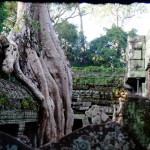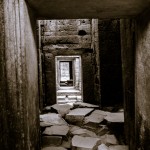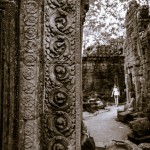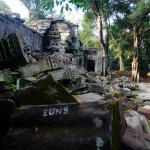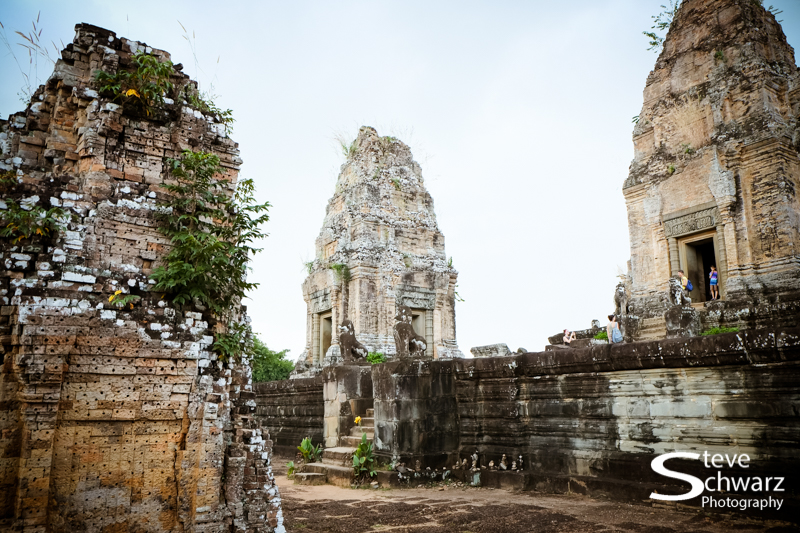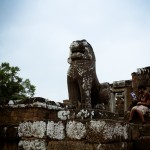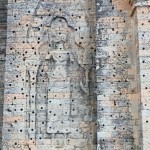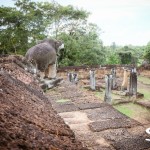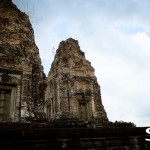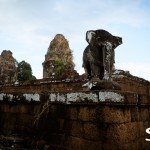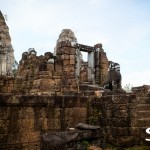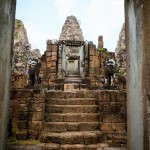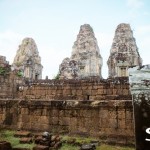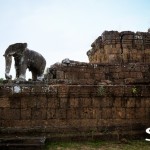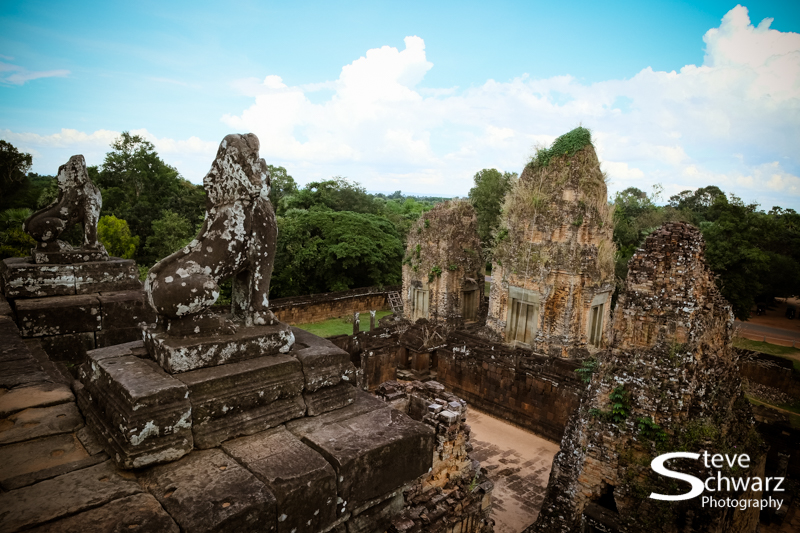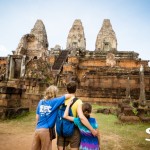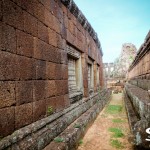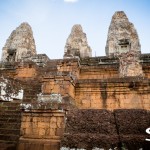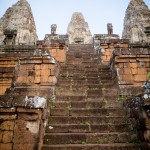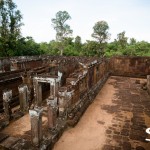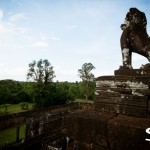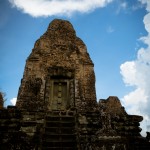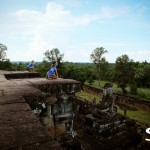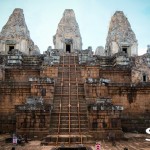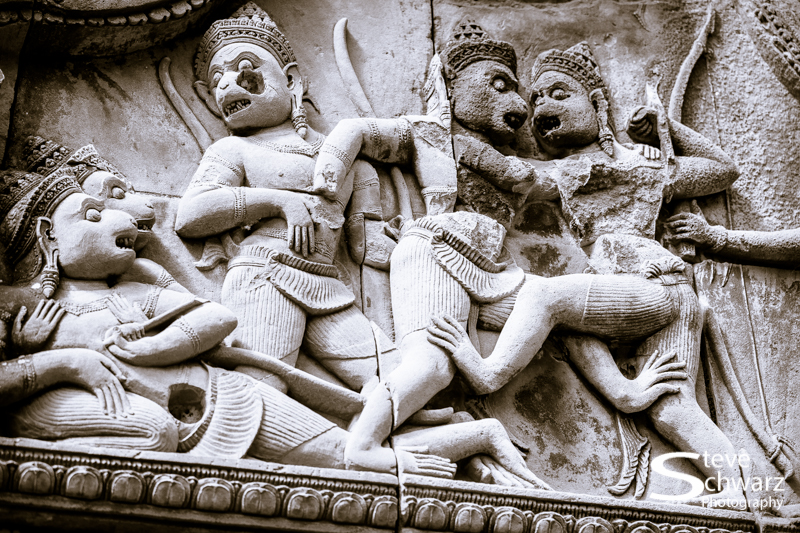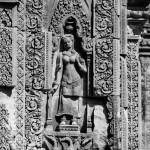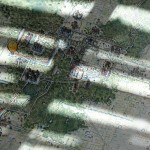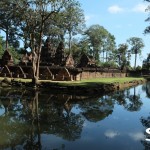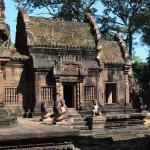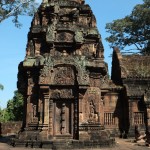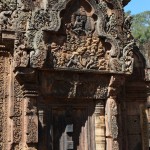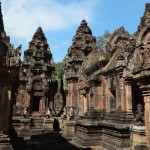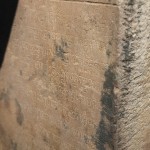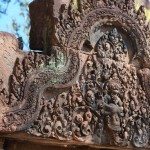Last month I posted about stewing; how the culture, language, history and food in Thailand needed time to mix with my own culture, language, history and culinary appreciation. This past month, I was in Cambodia, as it feels as if the pot holding the stew was placed on a landmine (no pun intended). Two countries, geographically adjacent, yet so very different.
I am writing this post from Australia, and looking at my journal entries from the past month. Even without reading every work – my handwriting tells the story; calm smooth letters represent a calm day, where as bold, angular letters with many unanswered question marks represent a more challenging day. Since my arrival in Australia, I have felt an overwhelming sense of relaxation – and a return to sort-of normal life. It is the little things that make me feel at home. Although the traffic is on the opposite direction from Cambodia, and the opposite direction from my home country of Canada – the drivers seem more more similar to home. There are rules that motorists follow, they stay in the appropriate lane, and there is no need to look right-left-right and left again before stepping off the curb when crossing the street. Also, in Australia, as a tall, light-haired white male I seem to blend into the crowd, instead of feeling the the odd-ball in the crowd of shorter, darker-skinned, black hair Cambodians.
In Australia, store-front private security do not carry machine guns – in Phnom Penh – they were sporting AK-47 and “Property of U.S. Government” M-16’s.
In short, and in in summary…
After one month – I Loved It and I Hated Cambodia.
Top 10 things I loved about Cambodia
1) My Cambodian friends
2) Making a difference – volunteering at a small school
3) The price of food and accommodation. (I beer for 0.50$ USD).
4) Incredible archaeological sites (Angkor Wat)
5) The country is not over-developed and over-touristed (except for Angkor Wat)
6) Cambodian people have an incredible ‘make it work attitude’.
7) Delicious Food !
8) There is no “Road Rage”. Traffic seems to go in all directions, people get ‘cut-off’; it all seems normal, no one gets upset.
9) Bargaining with vendors – and no tax
10) See how overloaded a vehicle can be….
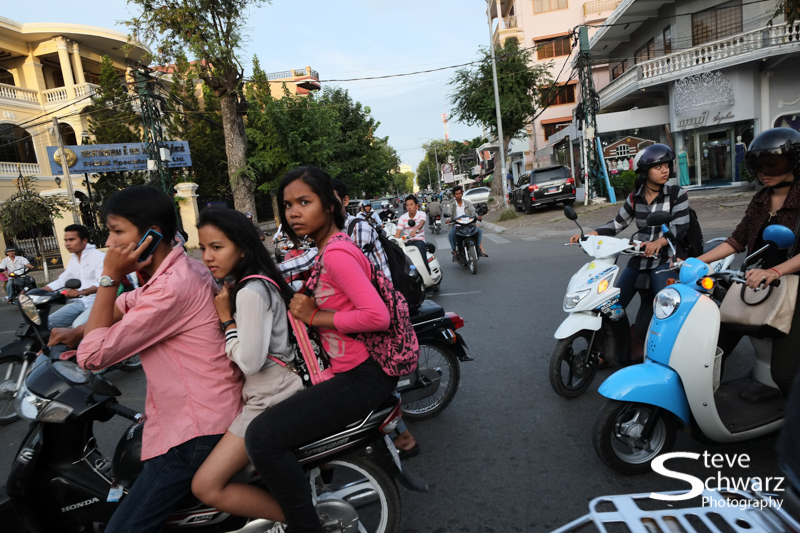
This busy – and it isn’t ‘rush-hour’. Traffic is merging from four directions, people getting ‘cut’off’ – though no one gets upset.
Top 10 things I Hated about Cambodia
I should say that during our time in Cambodia, nothing went wrong; we were not robbed, assaulted or physically harmed.
1) Hassled by Tuktuk drivers….”Mr – You want tuktuk?” …leave me alone !
2) Corruption. Government officials have no shame in asking for extra money; Customs officials, Post office, even Police.
3) Politics & Human Rights. The Cambodian Peoples Party has been in power since 1979, and many current government officials had senior positions in the Khmer Rouge (1973-1979). No wonder, that only a few former leaders in the Khmer Rouge have been prosecuted for their crimes.
4) Many International NGOs in Phnom Penh have fancy offices, and drive new model Land cruisers, whereas local many local NGOs (mostly in rural areas) are broke, and don’t even have the cash for an office, let along a car.
5) During the Khmer Rouge era (1975-1979) all land records were destroyed. After the war, people moved into ‘new’ homes. Now, in 2014, big companies (with the support of the government) are forcibly removing people from their homes and land – using the excuse that the current tenant does not have a land record.
6) Black Tourism. Who would have imagined that sites of indescribable horror during the era of the Khmer Rouge, are now huge tourist attractions and a huge source of income. It is also disappointing to learn that the Cambodian government has leased the Cheung Ek killing field to a Japanese company to manage for a profit (Seth Mydans/International Herald Tribune, Published: November 6, 2005).
7) Landmines and UXOs still kill and injure many people each year, and a public education program on the dangers is helping the numbers go down. Unfortunately, the lack of swimming lessons is a significant source of death, with over 2000 children drowned a year (approximately 6 children each day) (http://swimsafe.org/drowning/drowning-data/).
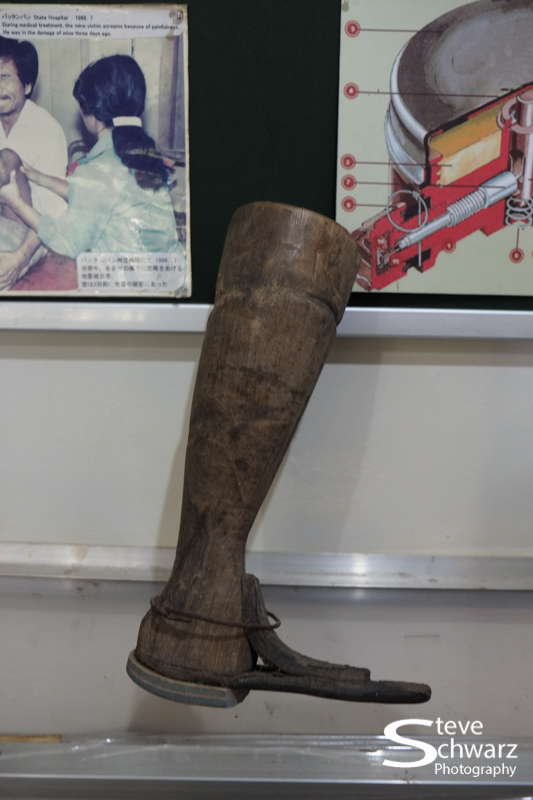
A crude, home-made artificial leg to replace a leg blown off from stepping on a anti-personnel mine.
8) In Cambodia there is a very wide gap between the very, very rich and the poor. It is hard to watch people diving in sewer ponds for plastic bottles that are worth 3 cents.
9) The lack of garbage pick-up and recycling. Unfortunately, there is garbage everywhere; on city streets, in parks, on rural roads, in farmers fields and in rivers.
10) I call them the ‘Ghosts of Cambodia’; the people that did the head bashing, finger nail pulling, and other forms of torture during the era of the Khmer Rouge. Where are they now ? – could they be the person making coffee at local shop, or the tuktuk driver now making money driving tourists to the killing fields or to Tuol Sleng ’S-21’ the notorious secret prison where nearly 20,000 people where tortured ?.
